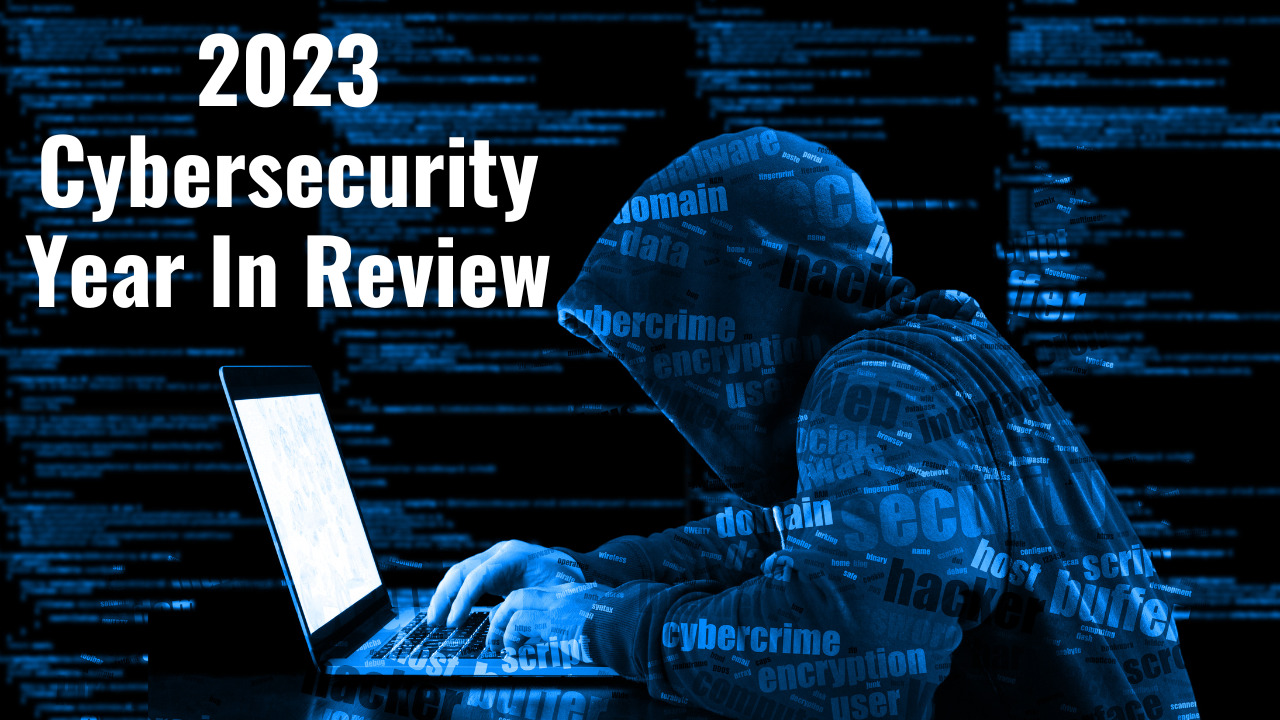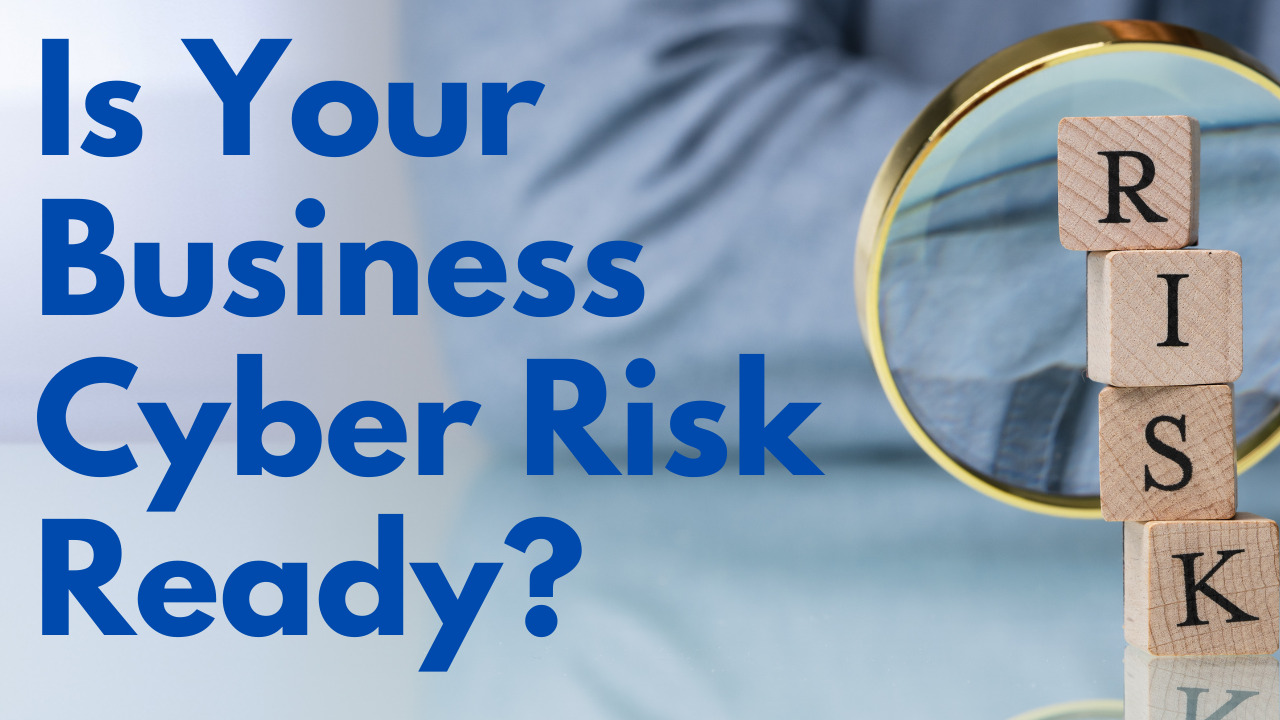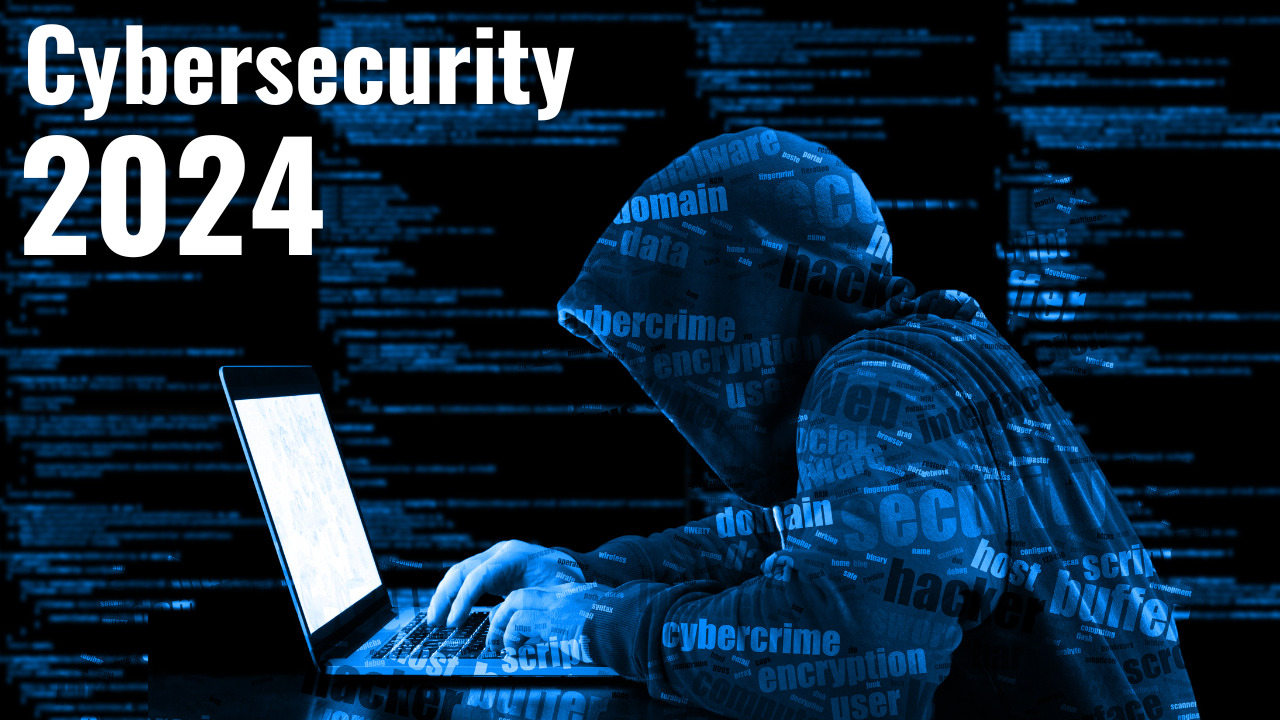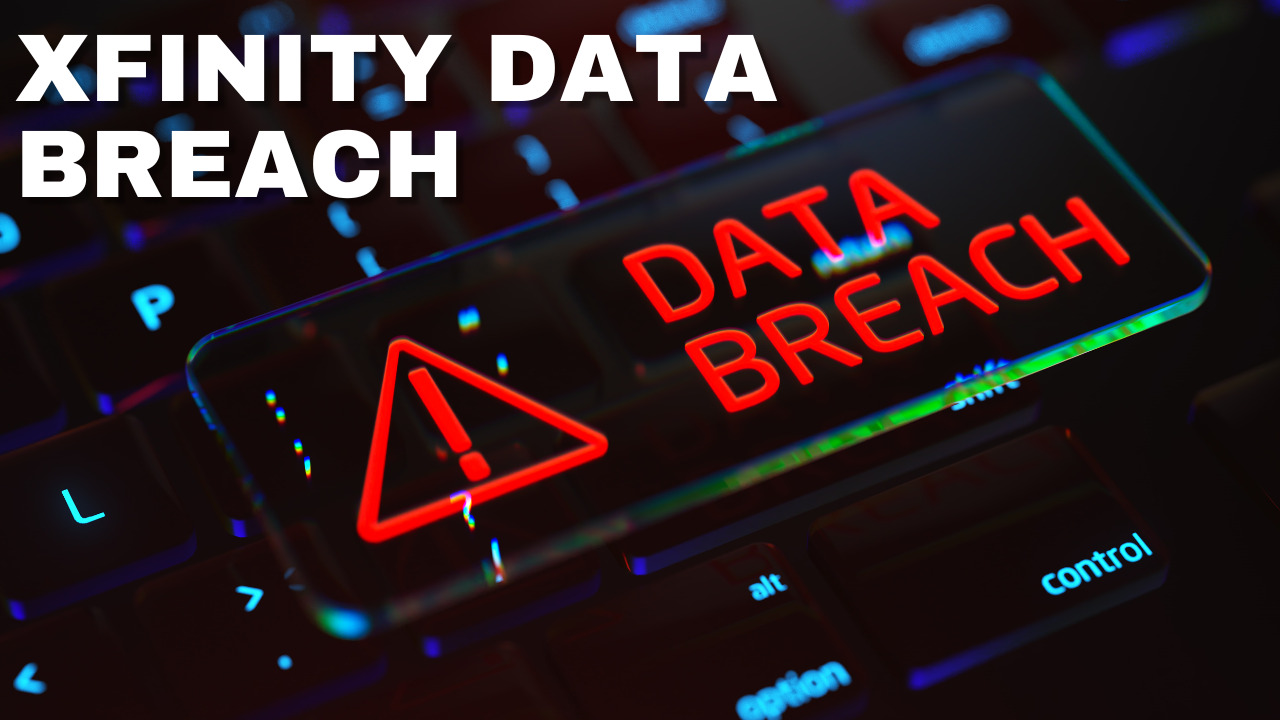Does Your Jacksonville Organization Have A Written AI Policy?
Welcome to our March Tech Update. We’re captivated by the speed at which AI transforms the business environment. The last year and a half has been pivotal, showcasing the emergence of innovative AI technologies that are shaping the future. Microsoft’s integration of AI co-pilot services into Microsoft 365 marks a noteworthy milestone emphasizing AI’s lasting impact. While AI indisputably unlocks new opportunities, we must address the risks carefully.
As businesses increasingly turn to AI tools, solid AI policies are necessary. These policies are instrumental in defining how AI is utilized, ensuring meaningful human involvement in its operations, and outlining stringent data security and privacy protocols. Establishing a robust AI framework mitigates potential risks and reinforces our commitment to adapt and evolve with AI advancements. To aid in these efforts, we offer a downloadable AI policy sample as a starting point for creating tailored guidelines that meet an organization’s specific needs.
Key Takeaways
- AI is significantly changing business operations, demanding clear organizational policies.
- Proper AI policy should outline usage, oversight, data protection, and enhancement strategies.
- Resources are available to help businesses develop and implement effective AI policies.
Transforming Enterprises with Artificial Intelligence
Recently, our team has observed the emergence of AI as a driving force in reshaping the corporate environment. Integrating tools such as chat GPT into major platforms exemplifies this transformation. At our company, we’ve taken note of the pace at which artificial intelligence is being adopted, with Microsoft incorporating AI features into the Microsoft 365 Suite.
It’s important that as these technologies become increasingly commonplace, they are used responsibly. This is why we prioritize the development of robust guidelines surrounding artificial intelligence applications. In our view, effective use of AI extends beyond just leveraging its capabilities; it also involves mitigating potential risks by having a solid framework in place.
We believe every business should establish an AI policy as they do for social media governance. Within this policy, our approach includes outlining the objectives for deploying AI, reinforcing the necessity of human supervision, and ensuring stringent data security and confidentiality. Our commitment to introducing such measures and dedication to continuous education and optimization in AI applications underpins our efforts.
As we share these insights, we are pleased to offer resources to initiate your AI guidelines. For instance, we have crafted a sample AI policy that is available for download. This can be a foundation for you to adapt and implement within your organization.
In embracing AI, we recommend maintaining a balance between innovation and caution. Adopting such practices enables us to harness the potential of artificial intelligence effectively, ensuring that both the technology and its application align with our core values and operational standards. For further details on emerging technologies and best practices, keep an eye on our communications, which can provide valuable information to stay informed and ahead in this dynamic technological era.

Emergence of Advanced AI Solutions
We are in an era where artificial intelligence is transforming the business world at an unprecedented pace. In recent times, innovative AI technologies such as ChatGPT have emerged, delineating a new era in corporate strategy. Microsoft has propelled this transformation by incorporating AI-infused services like Co-Pilot into their mainstay productivity suite, Microsoft 365.
However, with this swift advancement comes various challenges that cannot be dismissed. One aspect often underestimated by companies is the development and application of clear guidelines that orchestrate AI use within their structures.
The advantages of AI for those who utilize it effectively are undeniable, yet these benefits are paired with tangible risks. To navigate this duality, your company needs a definitive AI usage policy akin to the way social media guidelines are established.
The particulars of an AI policy can vary, but there are common threads that tend to run throughout:
- Purpose of AI Application: Why and how AI will be leveraged in the company.
- Human Supervision: The necessity for human oversight in AI deployment.
- Data Security: Protecting sensitive information with robust security protocols.
- Confidentiality: Ensuring that data privacy is maintained.
- Continual Development: A commitment to enhancing and understanding AI capabilities.
These elements form the cornerstone of an effective AI policy to guide and protect your organization.
We have curated a sample AI policy template accessible for download at no cost—a resource designed to assist in initiating your own set of AI guidelines. To obtain this, visit our website and follow the link provided.
Your engagement with our updates is always appreciated. To stay informed about the latest trends in technology, feel free to connect with us by liking, commenting, and subscribing to our channel. Do not hesitate to reach out if you need a dependable IT partner who proactively updates you on cutting-edge technologies.
Integration of AI-Driven Assistance in Our Microsoft 365 Suite
We have taken a significant stride by incorporating AI-driven services like the Co-pilot into our Microsoft 365 Suite. This leap acknowledges the transformative impact artificial intelligence is having on business operations. AI’s advancement has been evident in the last year and a half, paving the way for innovations such as ChatGPT. Addressing industry apprehensions about AI implications is as crucial as embracing its possibilities.
When integrating AI capabilities into our daily workflow, it’s imperative to establish robust guidelines. We believe promoting an understanding of AI’s potential while mitigating inherent risks is essential. As specific guidelines govern social media use, so should the use of advanced AI tools, ensuring all employees adhere to our principles.
Our approach to AI policy is comprehensive, tailoring its elements to reflect our unique organizational needs. Among the considerations our policy encapsulates, a few stand out:
- Purpose of AI Use: Determining how AI aligns with our organizational goals.
- Human Oversight: Maintaining human intervention to guide AI’s decision-making process.
- Data Security and Confidentiality: Enforcing protocols to protect sensitive information.
- Adaptation and Education: Encouraging continuous learning to stay abreast of AI advancements.
We offer a downloadable sample AI policy on our website to facilitate the adoption of these frameworks. This resource can serve as a foundation for understanding the critical components of sound AI governance.
Keeping current with technological advancement is part of our mission, and we remain committed to bringing you the latest information in this rapidly evolving field. We invite open dialogue and consultation for those interested in how our approach might assist your organization’s journey with AI integration.
Understanding the Implications of AI Integration
As AI continues transforming the business environment, we emphasize proactively recognizing its potential hazards. Similar to how policy frameworks exist for social media interaction, it’s crucial to implement clear directives for AI utilization in our operations.
Establishing AI protocols is not just a preventive step but an essential guide ensuring the appropriate application of these powerful tools. For instance, specifics of these policies might include the objectives for employing AI and the need for human supervision to ensure checks and balances.
Moreover, safeguarding sensitive data and ensuring confidentiality are paramount. Hence, the protocols must reflect robust measures in these areas. Additionally, these guidelines should endorse a culture of continuous education and development concerning AI advancements.
We provide a structure that supports safe and effective AI deployment by setting these standards. To facilitate these efforts, we offer a template for an AI policy accessible on our website, designed to aid organizations in crafting their own AI guidelines.
Formulating AI Utilization Frameworks
With the integration of AI technologies like chat GPT into mainstream enterprise tools, such as Microsoft 365, we’re at the forefront of a new era in business. This integration indicates a much broader adoption of AI in the industry. It’s undeniable that AI is transforming how we conduct business by introducing revolutionary capabilities. However, embracing these advanced technologies also presents new challenges that must be managed responsibly.
Our Approach to AI Engagement
We understand that implementing AI within our organizational processes must be governed by precise rules and policies. Similar to how we manage social media interactions, the application of AI tools such as chat GPT or Microsoft Co-pilot requires equally stringent regulations. These are in place to ensure that while we harness the benefits of AI, we manage any associated risks effectively.
Key Components of Our AI Policy
Outlined below are the main elements that constitute our AI policy:
- Objective of AI: Define the specific purposes for which AI is utilized within our operations.
- Human Involvement: Affirm the necessity of human oversight in AI deployment, ensuring that AI assists rather than replaces human judgment.
- Data Protection: Establish stringent measures to safeguard data security and maintain confidentiality.
- Continuous Adaptation: Embrace a commitment to sustained education and enhancement of our AI capabilities.
These guidelines are not exhaustive but give a foundational outline for our AI strategy.
In support of these initiatives, we’ve developed a prototype AI policy. Our policy serves as a starting point for establishing your own and is readily available for download at no cost from our website. We invite you to visit the link in the description to secure your copy.
Core Principles of AI Governance
As we observe AI’s influence on businesses, we witness its integration within tools such as chat GPT and Microsoft’s co-pilot. With these technologies becoming integral to our operations, our organization must establish robust regulations to manage their utilization effectively.
Adopting AI offers immense benefits, yet it’s not without its challenges. To navigate this, we must craft and enforce comprehensive AI guidelines. Consider these guidelines akin to those we have for managing social media — necessary boundaries that secure both the company’s and employees’ interests.
Your organization’s AI policy might vary in specifics, but several key features are commonly advisable to include:
- Objective and Scope – Define the purpose for which AI is being used within your company.
- Human Oversight – Ensure a structure exists for human monitoring to accompany AI decisions.
- Data Protection – Establish strict data security and confidentiality protocols to safeguard sensitive information.
- Continuous Development – Maintain a commitment to improving AI expertise and capabilities, ensuring we evolve with the technology.
We’ve created a model AI policy that is accessible without cost and may serve as a foundation for your own company’s policy. To use this, visit our website and follow the provided link.
In recognizing the importance of AI and its associated risks, we equip ourselves to harness its full potential responsibly. Don’t hesitate to reach out for further insights into the latest technological developments and how best to integrate them into your business strategy.
AI Utilization Objectives
In the wake of the significant developments in artificial intelligence, our organization has adopted this technology to enhance various facets of our operations. As AI rapidly becomes integral to our business tools and systems, recognizing its purpose within our daily routines is essential.
Why We Use AI:
- To streamline workflow efficiency
- For advanced data analysis capabilities
- To support innovation in product and service development
Human Supervision:
- Ensuring AI complements human decision-making
- Maintaining a balance between automation and human intuition
Data Management:
- Upholding the highest standards of data security
- Safeguarding confidential information
Ongoing AI Advancement:
- Committing to the continuous improvement of our AI tools
- Encouraging a culture of learning to keep up with AI advancements
Remember, implementing AI in our business comes with the responsibility to use it wisely and ethically. Therefore, we have established a robust AI policy that all our employees must follow diligently. This policy is designed to maximize the benefits of AI while mitigating potential risks.
We have a reference policy available for those interested in further details on our approach to AI integration. I urge our team to review this resource to fully understand how we govern artificial intelligence applications within the company. Your adherence to these guidelines will ensure that we leverage AI effectively and responsibly.
Guiding AI Usage in Business
In this rapidly advancing technological era, artificial intelligence (AI) has become an integral part of the business environment. Innovations such as OpenAI’s Chatbot and Microsoft’s integration of AI into their Microsoft 365 Suite exemplify this trend. With these developments, our responsibility to address potential challenges increases.
To manage these challenges, companies must implement precise AI usage policies. As we have specific social media guidelines, AI utilization must be regulated. Effective policies ensure advantages are maximized while minimizing risks.
The elements of an effective AI policy might vary but typically encompass the following:
- Purpose of AI implementation: An outline defining why we use AI, ensuring alignment with our business objectives.
- Human Oversight: Emphasizing the necessity of human involvement to manage and monitor AI operations.
- Data Security: Implementing stringent protocols to safeguard data integrity and privacy within AI systems.
- Ethical Use Commitment: Upholding ethical standards in AI deployment, ensuring technology is used responsibly and equitably.
- Continual Learning: A pledge to remain abreast of AI advancements and to refine our practices accordingly.
Every team member needs to be conversant with these policies, ensuring responsible use of AI across our operations. For guidance on drafting such policies, we provide a free template that is accessible through the link on our website.
Remember, embracing AI with the proper framework propels us ahead and fortifies our foundation in this digital age. Please like, comment, and subscribe if you find these updates beneficial, and should you require expert IT solutions, do not hesitate to contact us.
Safeguarding Information Protocols
As we integrate advanced AI into our daily operations, we prioritize protecting sensitive data vigilantly. Given the rapid advancement and integration of AI technologies, we must establish stringent standards and practices to ensure the security of our data.
Our protocols include:
- Usage Intent: Clearly defining the intended use of AI within our company to maintain focus and prevent misuse.
- Oversight and Accountability: Emphasizing the significance of human supervision in the AI-driven processes to ensure ethical and responsible use.
- Data Protection: Implementing robust measures to maintain data privacy and prevent unauthorized access.
- Confidentiality Assurance: Upholding stringent confidentiality policies to safeguard all information processed by AI tools.
We advocate for a corporate culture of continuous skill development and knowledge enhancement in AI technologies, understanding the dynamic nature of the field. Our commitment to a well-informed and educated workforce is unwavering, as it is critical for navigating the evolving landscape of AI applications.
Maintaining Privacy in Machine Learning Systems
In our ongoing commitment to adapt to the progressive world of technology, we at our company have embraced artificial intelligence (AI) with open arms. Over the recent year and a half, the business environment has been transforming at an unprecedented rate thanks to developments in AI, such as the advent of systems akin to ChatGPT. Notably, integrating AI-driven services, comparable to Microsoft’s Co-Pilot, within Microsoft 365 marks a milestone in technological advancements.
It’s evident that AI is becoming a mainstay, and it’s advantageous for those prepared to leverage its capabilities. However, the integration of such technology is not without associated risks. We recognize that one aspect frequently overlooked by organizations is crafting transparent and stringent guidelines about AI usage within their frameworks.
We regard it with utmost importance that our company institutes a comprehensive AI policy — akin to the existing protocols for social media use — outlining the allowed applications of tools like ChatGPT or analogous services. This policy encompasses various vital elements:
- Primary Goals for AI Utilization: Outlining the objectives and contexts in which AI may be employed.
- Human Supervision: Asserting the necessity for human governance to ensure AI is used ethically and responsibly.
- Data Protection: Emphasizing strategies to secure sensitive information from unauthorized access.
- Privacy Safeguards: Stressing the importance of maintaining privacy in AI interactions.
Moreover, our policy underscores a commitment to constant enhancement in AI applications and a dedication to regular institutional learning. These principles aim to foster a secure and reliable AI environment and further our collective expertise.
We have designed a template for those looking to forge a comparable AI policy framework that might serve as a starting point. We encourage you to use this resource to craft your policy to fit your organization’s needs. This template is available on our website and can be downloaded at no cost.
Remember, adhering to a robust AI policy is non-negotiable for the safety and success of all involved. Our organization pledges to stay at the forefront of AI knowledge and continue sharing insights through our updates. We appreciate the support shown through interactions on our videos and invite continued engagement with our content. For those needing seasoned IT partners who are well-versed in the latest tech advancements, please get in touch with us.
Dedication to Advancing AI Expertise and Enhancement
In the swiftly evolving landscape of artificial intelligence, we’ve observed an acceleration in AI’s influence on business operations. As AI cements its position as a pervasive technology, integrating tools such as chatbots and assistive coding programs into leading applications, such as the Microsoft 365 suite, marks a pivotal transformation.
Recognizing the myriad benefits AI provides, we equally acknowledge the accompanying responsibilities. Our organization cannot overlook the essentiality of concrete guidelines and regulations dictating AI’s application within our workflows. Mirroring social media policy structures, our focus includes establishing unambiguous instructions for AI tool utilization, including but not limited to chat and coding bots.
Our approach encompasses several fundamental policies:
- AI Utilization’s Objective: Outline the goals for deploying AI applications to align with our organizational vision.
- Human Oversight Parameters: Emphasize the necessity of human intervention in monitoring AI to ensure balanced operations.
- Data Security Protocols: Maintain stringent security practices that safeguard data integrity and confidentiality.
- AI Continuous Education and Enhancement: Foster an environment for perpetual learning and improving our AI capabilities.
At our core, we appreciate the significance of meticulously crafted policies prioritizing AI’s power and potential risks. We encourage our employees to rigorously follow these frameworks to responsibly capitalize on AI’s benefits.
For those interested in developing their AI roadmap, we’ve crafted an exemplary policy framework that is available as a complimentary resource. We invite you to download this template and refine your strategies using the designated link.
Guiding Principles for AI Utilization
In our ongoing commitment to stay at the forefront of technological innovation, we’re excited to share insights into integrating Artificial Intelligence (AI) across various business functions. AI is transforming businesses’ operations, and harnessing its capabilities is more critical than ever. As an organization, we acknowledge the transformative potential of AI, yet we are also cognizant of the accompanying risks that require careful management.
Our company must adopt comprehensive AI guidelines to mitigate these risks. These guidelines are akin to the ones you might find for social media use—a set of do’s and don’ts that everyone in the organization is expected to follow. To provide clarity and structure, here are the core elements that our AI policies encompass:
- Purpose of AI Implementation: Clearly define the objectives for employing AI technology within our company, ensuring its use aligns with our strategic goals.
- Human Supervision: Emphasizing the necessity for human intervention and oversight to validate and refine AI-driven decisions and processes.
- Data Privacy Protocols: Upholding stringent measures to protect sensitive information, ensuring that data handling by AI tools adheres to privacy standards.
- Commitment to Continued Learning: Encouraging ongoing education and adaptation within the realm of AI to stay abreast of advancements and refine our practices accordingly.
We also provide access to a complimentary AI policy framework as a starting point for organizations seeking guidance. For those who wish to integrate AI tools like Chat GPT or Microsoft Co-pilot into their workflows, it’s crucial to have such a policy in place.
We invite everyone to explore the freely available policy template, which can be adapted to fit the unique needs of any organization. To download this resource, visit our website, where you’ll find the link provided. Your comments and feedback are valuable to us, so if you find our content insightful, please consider liking, commenting, and subscribing to our updates. If you need assistance or have questions about how AI can benefit your operations, please get in touch with our team.
Our Next Steps with AI Integration
With the rapid development of Artificial Intelligence, we find ourselves at a pivotal juncture in its implementation within our business strategies. Over the recent year and a half, the ascent of technologies like Chatbot GPT has been noteworthy, shifting the business landscape visibly. These advances in AI have not only drawn excitement but also raised valid concerns. Recognizing the trend, Microsoft merged its AI-driven co-pilot tools into Microsoft 365, a testament to AI’s growing role in industry processes.
The undeniable fact is that AI is now a fixture in our operational toolkit. Yet, this exciting evolution is not without potential hazards. A frequently missed step by many is the creation of robust guidelines and protocols for AI utilization. The necessity for such a framework is paramount, just as we’ve established for other tools such as social media.
Our use of AI demands responsible management to exploit its benefits while fully mitigating inherent risks. Drafting a comprehensive AI use policy is the first critical step for our company. This policy should serve as the backbone of AI implementation and usage, detailing the objectives and limitations of AI within our context. Some core components to consider in these guidelines would typically encompass:
- Purpose of AI in Our Workflow: Clearly state the role of AI in streamlining operations without ambiguity.
- Insistence on Human Supervision: Emphasizing the need for human intervention and monitoring to complement AI processes.
- Data Privacy and Security Practices: Ensuring that any AI tool employed is aligned with our stringent data confidentiality standards.
- Continuous Education and Enhancement: Committing to never-ending refinement and upgrading our AI capabilities.
As part of our commitment to help you embrace this transformation, we offer a model AI policy that is accessible from our site. This sample will be a starting point for tailoring a policy that fits our unique organizational needs.
Remember, adopting AI is a decisive step forward, but doing so with a clear, structured policy will safeguard our interests and maximize AI’s positive impact. As we navigate the evolving AI landscape, please stay connected with us for more updates, insights, and guidance.
Our IT services are always available for further assistance or inquiries regarding advanced and emerging technologies. Don’t hesitate to contact us for expert support in adapting to these advancements.










